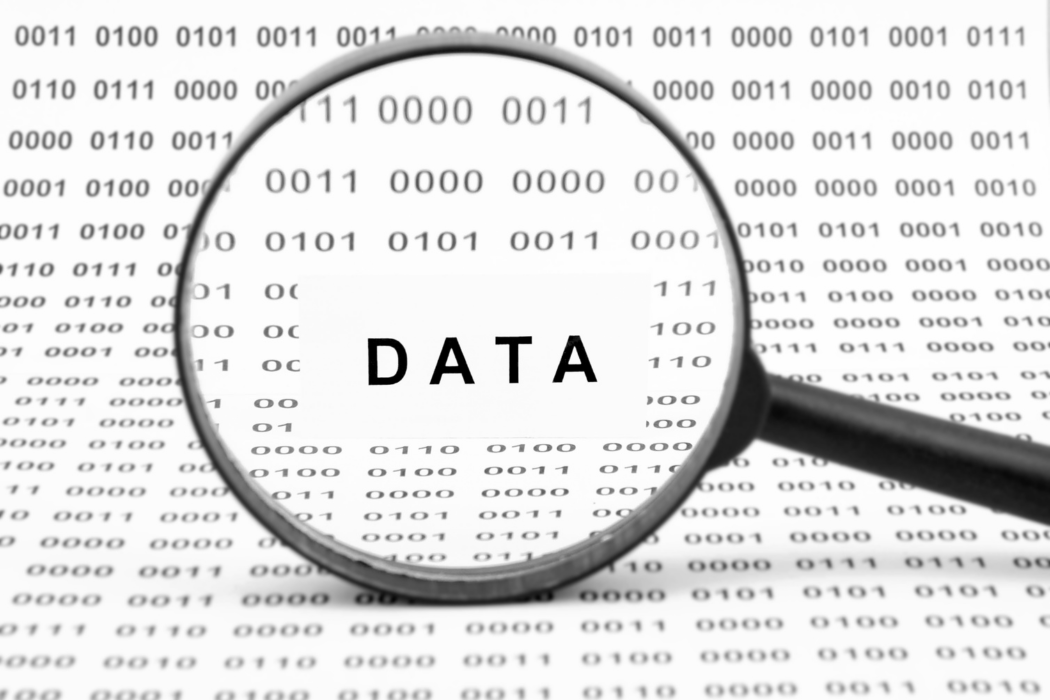For CBAM affected goods imported after June 30, 2024, importers are required to obtain accurate data of CO2 emission values and can no longer use default values.
However, implementing this mechanism presents several challenges, mainly due to the complexity of obtaining the real carbon emission values of imported products.

In theory, CBAM appears straightforward in the sense that importers need to provide two key data points for each imported product:
Direct CO2 emissions (tonnes of CO2 per tonne of product)
Indirect CO2 emissions (tonnes of CO2 per tonne of product)
Direct CO2 emissions are those produced directly by the manufacturing process within the facility, such as the combustion of fossil fuels on-site. In contrast, indirect CO2 emissions are generated by upstream and downstream activities, such as the electricity purchased to power the facility or emissions related to the production of raw materials.
The Complexity of Calculations
The real challenge lies in calculating these emissions. The Excel file provided by the EU comprises twelve technical tabs that must be completed before reaching the thirteenth tab, where direct and indirect emissions are calculated. Each field in the template requires precise data that only engineers at the production facilities can provide, as they are the only ones with access to the necessary information. No estimations are accepted, and all data must be justified as it will be verified by EU inspectors at the end of the transitional period.
One of the biggest challenges for European importers is tracing the supply chain back to the production facility to obtain the required data. In simple cases, the importer knows the factory directly and can easily communicate the CBAM requirements. However, the situation becomes complicated when multiple intermediaries are involved (wholesalers, transporters, traders, etc.), making it difficult to identify and communicate with the original manufacturer.
There are also scenarios where emission data are hard to retrieve, such as products coming out of long-term storage or when the production facility no longer exists.
The EU mandates a single methodology to ensure fairness, aligning CBAM procedures with those used for intra-EU carbon compensation. This ensures that all actors, whether within the EU or outside, are treated equally.
Future challenges and necessary preparations
Starting in 2025, the status of "Authorised CBAM Declarant" will be required.
From 2026, importers will need to include in their annual CBAM declaration a report certified by an accredited company. This report, required for the first time in May 2027, must measure and certify the CO2 emission data. Without this report, importation will not be possible.
Therefore, it is crucial to get in touch with suppliers who can comply with CBAM requirements as early as possible.

Although the transitional period does not have direct financial implications, the purchase of CBAM certificates will become mandatory from 2026.
The cost of these certificates will be proportional to the CO2 emissions of the imported products, significantly impacting the importers' finances.


